The Transition characteristics were developed to better understand what makes a Transition group a Transition group.
In the nearly 20 years that this movement has been going, that has become clearer. Now we can talk a great deal about what is unique, powerful, wholesome, fun, and radical about this movement. At intervals, we try to look at the big picture and put it in words. Our latest attempt is a list. As with all lists, there is more to Transition than a simple list could show. But it is a very good starting point if you want to get an overview.
The List
What makes transition Transition?
Check this 👇 out.
Click each one to discover the Practices of change that have been already shared through Practising Transition:

Engage with the need for change
Creating spaces for exploring and engaging with, the complex interconnected challenges of our times (climate change, loss of biodiversity, social injustice and other impacts of the global growth economy).

Co-create motivating and imaginative narratives and visions
Using creative and participatory methods to share stories and possibilities of a healthy, just and resilient future.
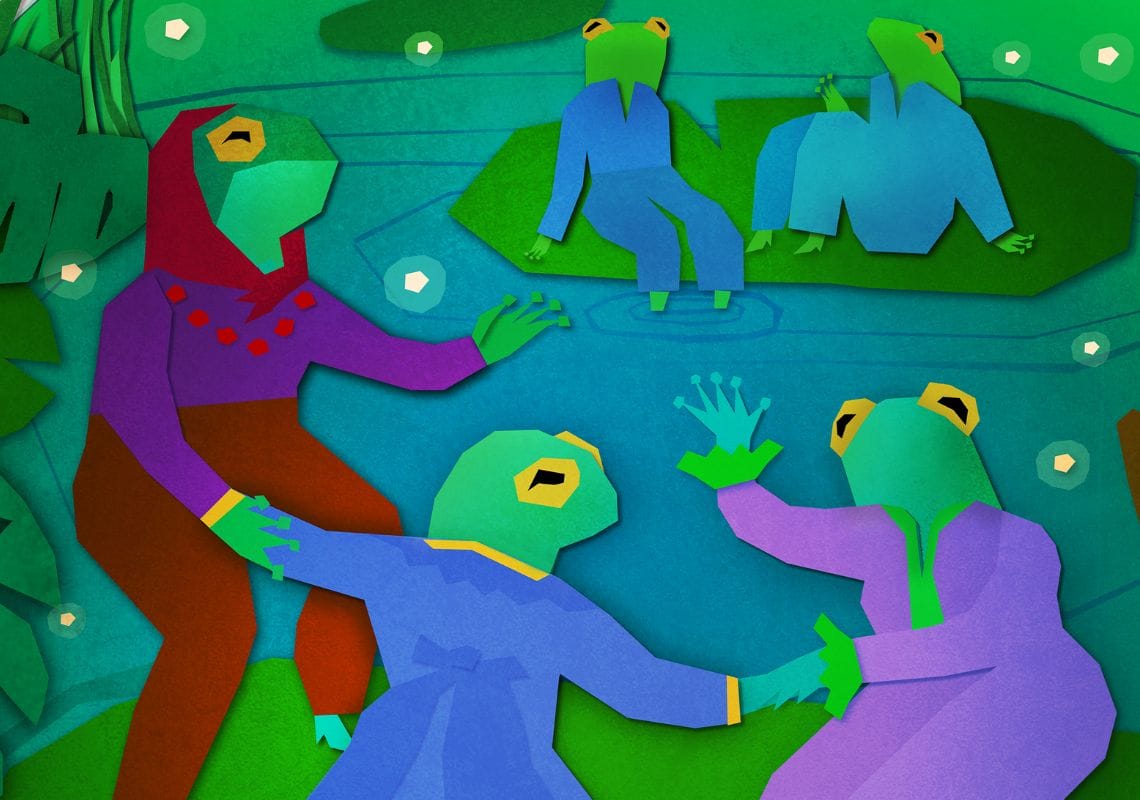
Connect and care for each other
Building social cohesion and resilience through practicing and celebrating creativity, mutual support, fun and friendship, bridging divides and decreasing polarisation to create caring and equitable communities and cultures.
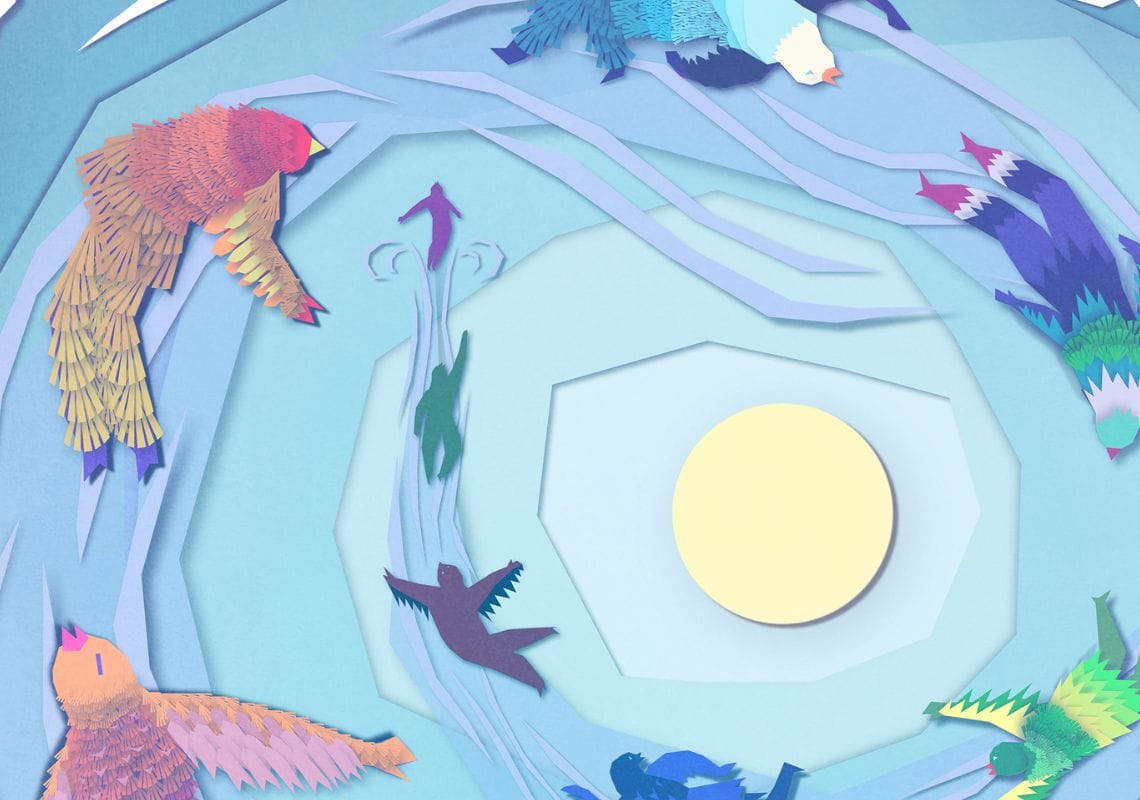
Support inner transformations
Growing our individual and collective psychological resilience and wellbeing, supporting thriving groups, relationships and conflict transformation, and exploring how our mindsets, attitudes, emotions and worldviews can contribute to or block social change.
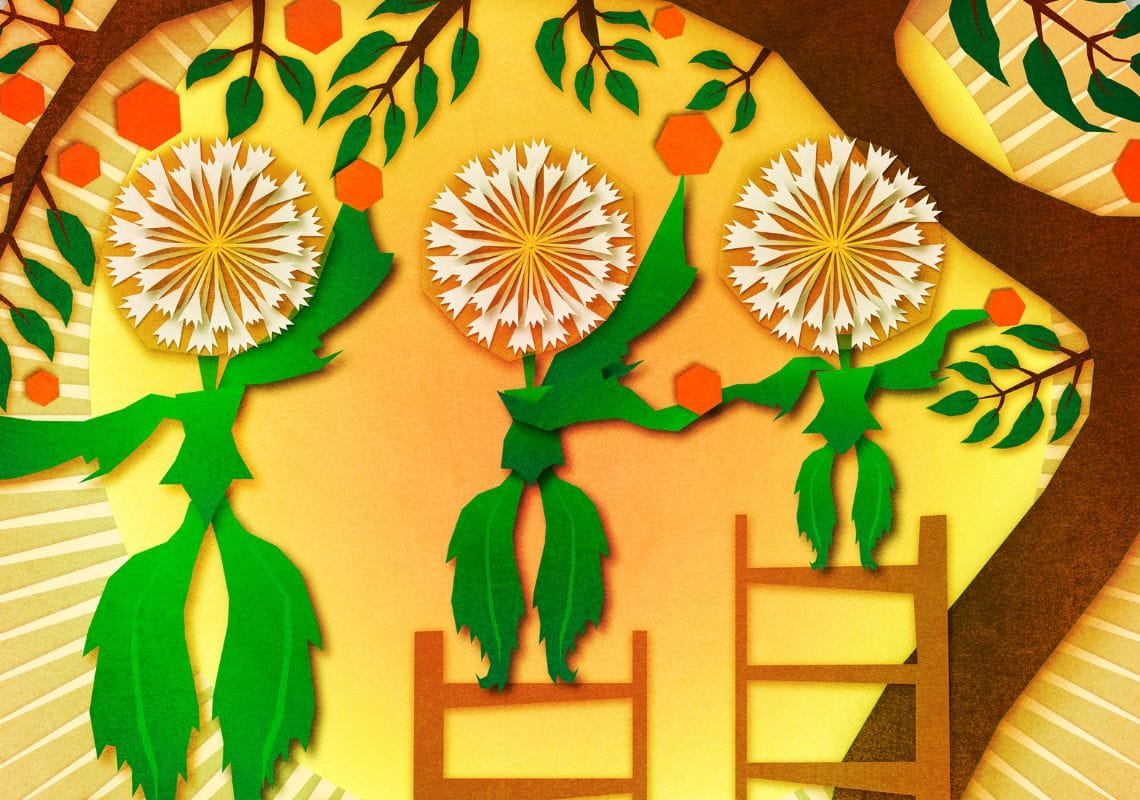
Address injustice
Increasing awareness of social justice issues within and beyond our movement and finding ways to decolonise, heal and make reparations for historic and current injustices, becoming good allies to those who have been doing this work for many years.
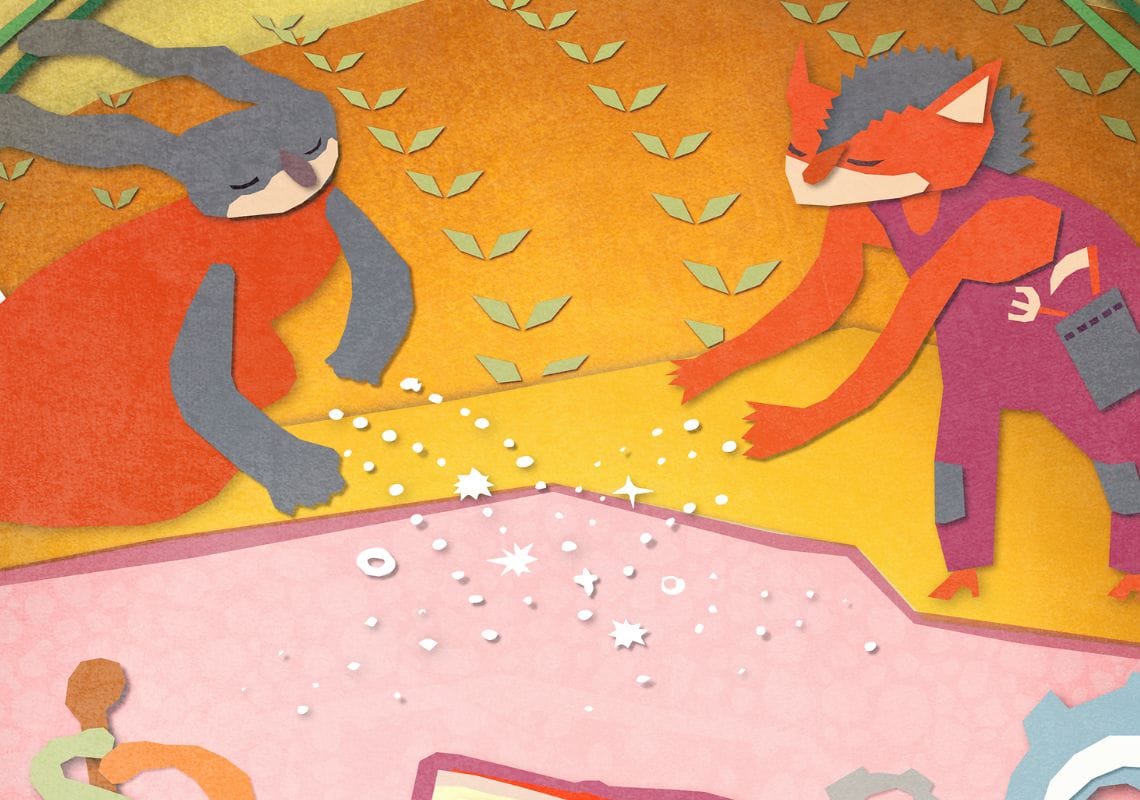
Apply Living Systems Design
Understanding the principles of living systems and working with whole system design approaches to support the development and emergence of regenerative social systems including: economies, education, health, food/farming and more.
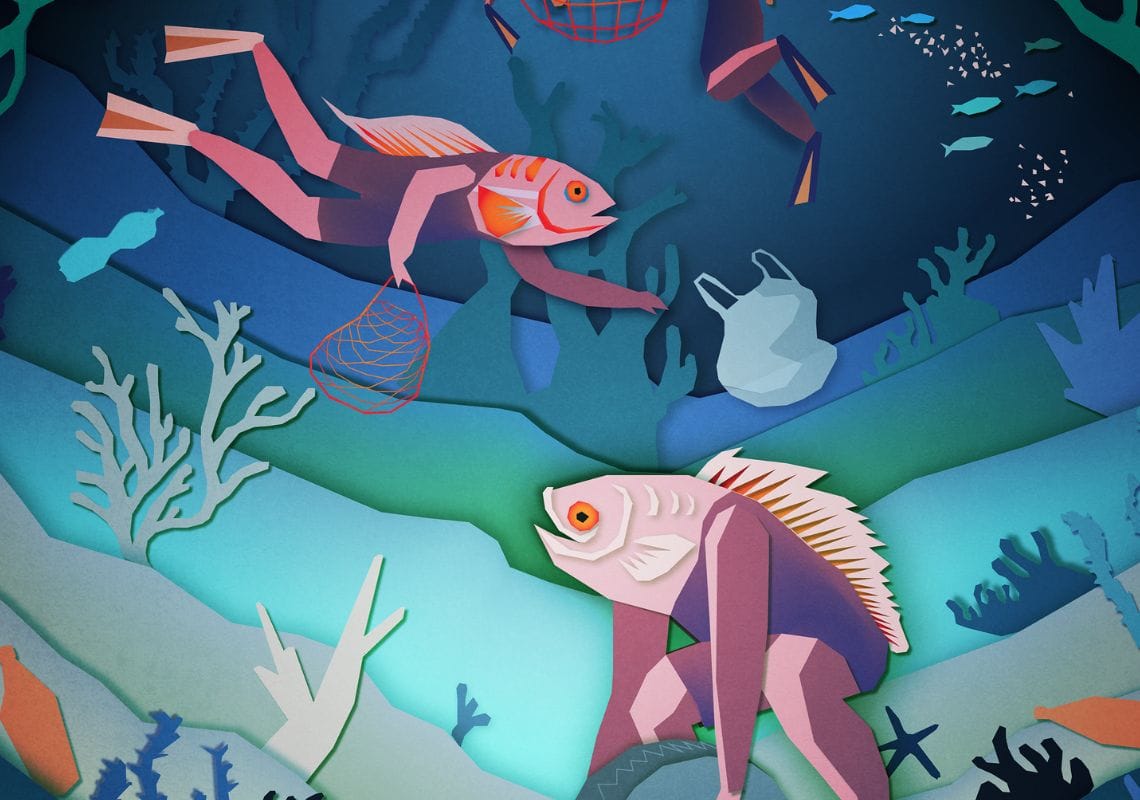
Take practical actions
Designing and implementing practical projects which reduce carbon emissions, address equitable climate change mitigation and adaptation, and increase local resilience e.g. in areas such as food, energy, waste, transport, shelter, habitat protection and healthy ecosystems, mutual aid, community building and disaster relief.
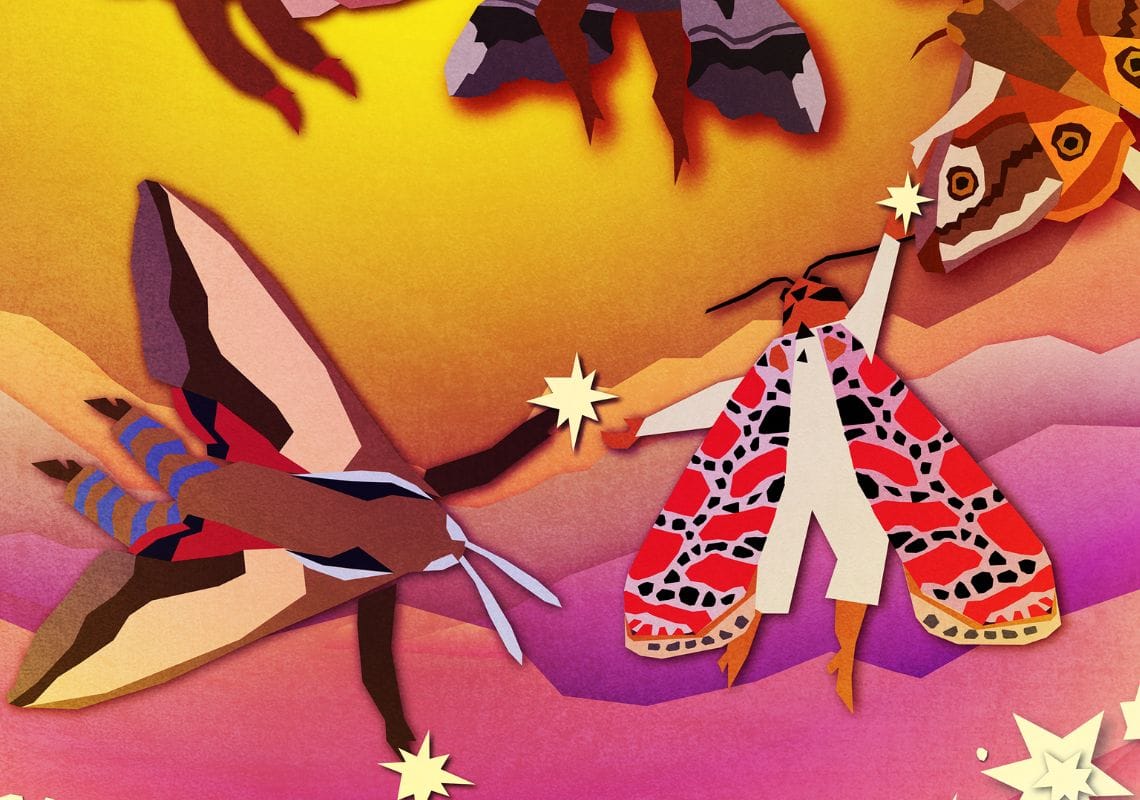
Contribute to a wellbeing economy
Innovating and collaborating to create economic models and opportunities focused on wellbeing and inclusion e.g. new social enterprises, currencies, livelihoods.
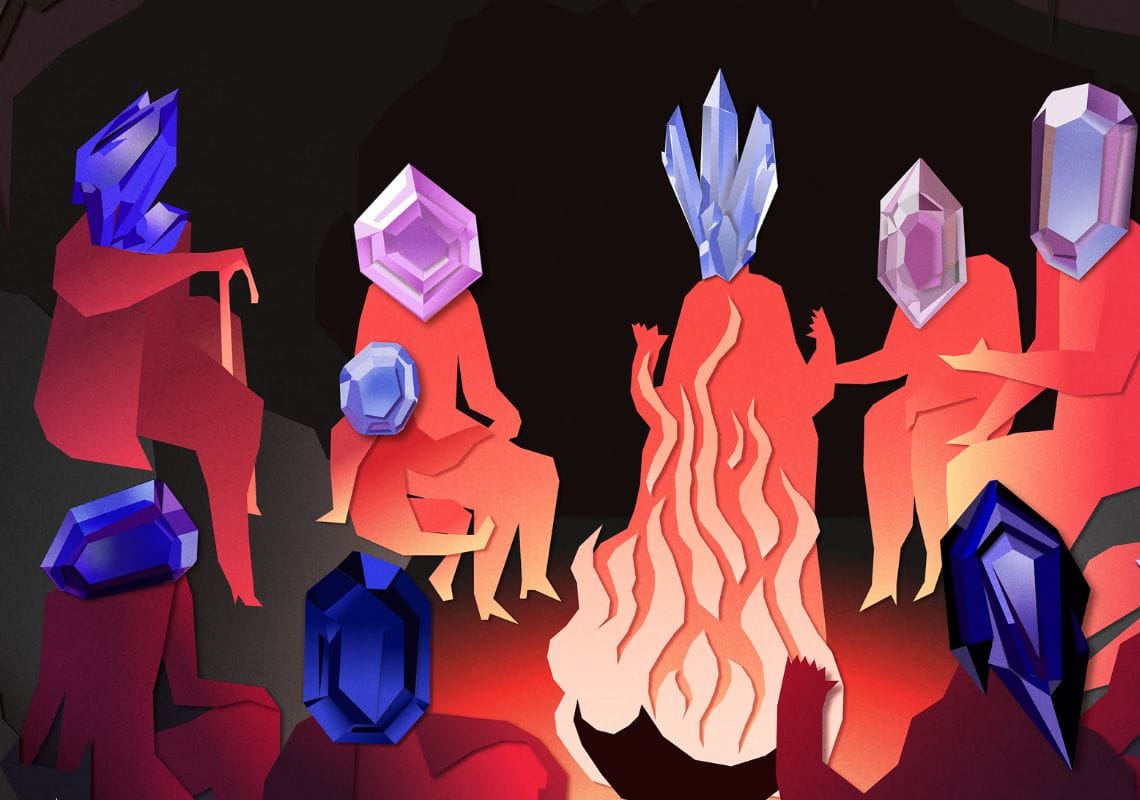
Broaden and deepen participation
Convening diverse participation and supporting distributed and engaged deliberation and decision making processes. Valuing and accommodating multiple perspectives and life experiences, including those marginalised by current systems.
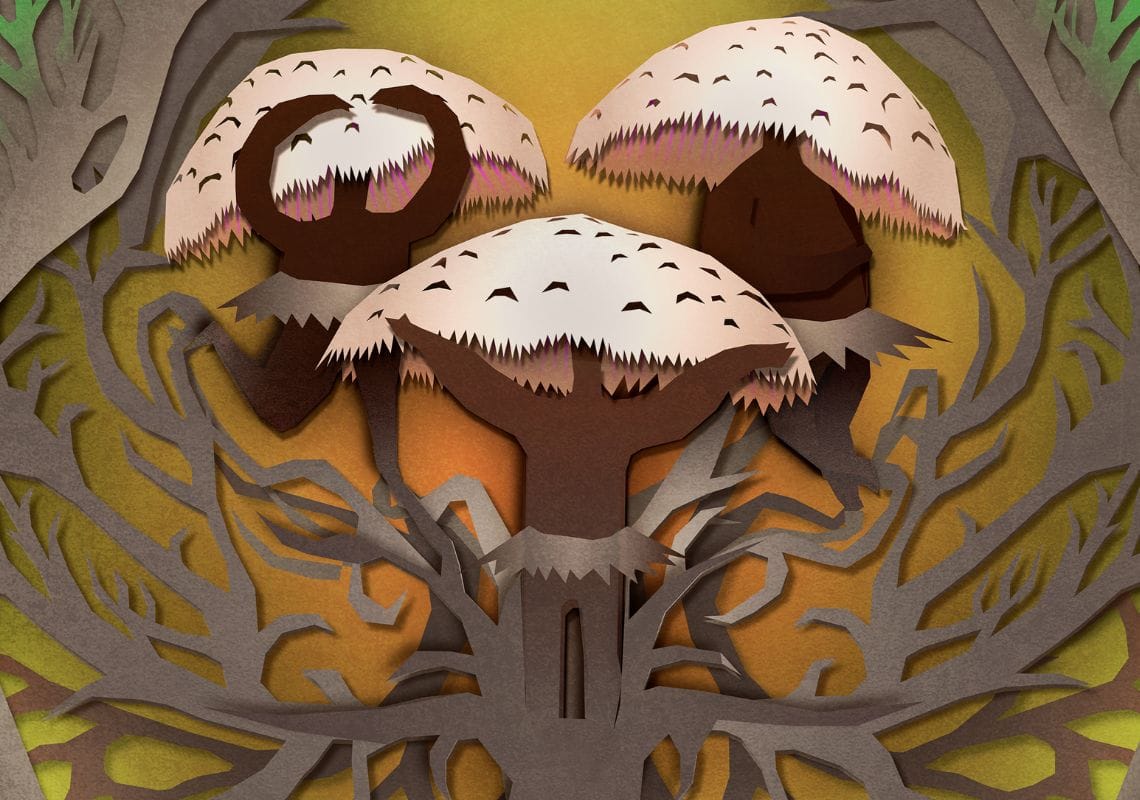
Energise networks and alliances
Bringing together and contributing to broad alliances across different levels of scale. Working with local, regional and wider partners, including local government. Making visible, and helping to energise and amplify networks and ecosystems of change which are working towards a common purpose.
You now know what we mean by "we can talk a great deal about" what makes transition Transition. The list is dense.
Let's put it in context.
Using the list
What is it good for?
Firstly, you do not have to use this list. You can do what you do without it... perfectly possible. You may even think its a great list but not find it very engaging, we get that. That is why we have created Practising Transition. As long as you subscribe and follow what we are doing here you will, over time, get familiar with these characteristics and what they mean. We got you!
That being said, it can be useful in different ways:
- Transition groups and hubs tell inspiring stories about themselves and their place within a richly diverse international movement. Having these characteristics will make it easier to tell those stories. We know some of the themes, know how it all connects to itself.
- The characteristics tell us what is happening across the Transition movement right now. That awareness is valuable. We can look at the list and say, "I see the whole" "I see the breadth and depth of activities that are possible".
- Transition groups and hubs can use the list to learn, grow, reflect and make informed choices about where to put their energy.
- Reflecting on the list enables us to explore more of the why and how of what we do as Transitioners. It can also help us be curious about the relationship between different aspects of our movement.
Enough for now. Stay curious, keep travelling, subscribe!
